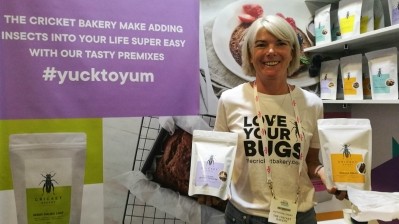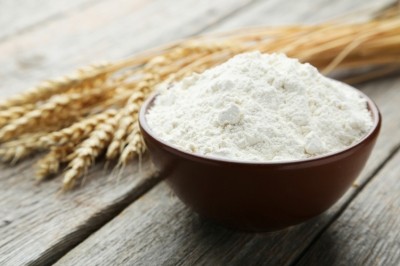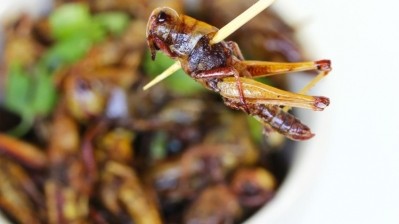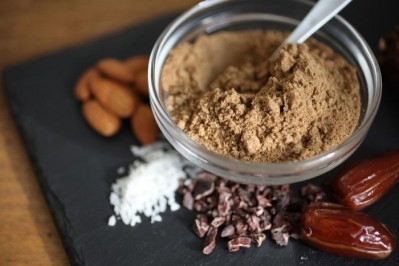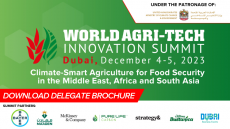Insect tech: Start-up producing 3.5 tonnes of cricket flour per month in Chiang Mai
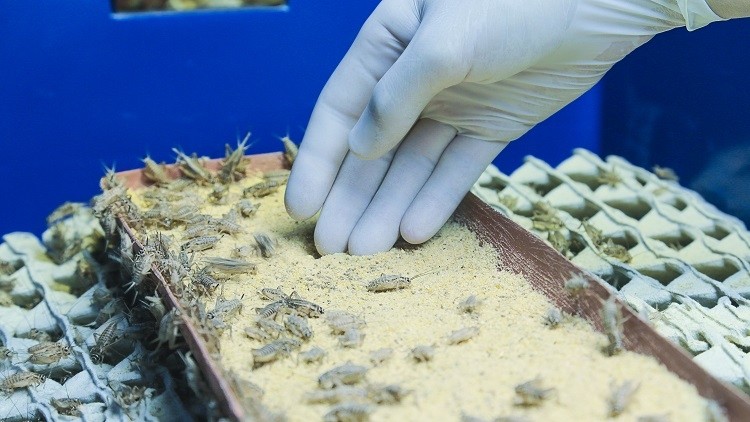
Each kg of cricket flour is able to fetch 500 baht and the rate can go as high as 1,500 baht for flour of premium quality.
Situated in Chiang Mai, the farm uses a multi-prong approach to improve yields, including the use of vertical farming, Radek Hušek, co-founder of SENS Foods and The Cricket Lab told FoodNavigator-Asia.
With plastic boxes stored on racks as tall as 6 metres, the farm grows crickets in an enclosed and controlled environment, a vast difference from local Thai farmers who usually farm in open spaces.
The incorporation of cricket flour into food products started in the US. While it is termed as flour, cricket flour, however, is not the main basic baking ingredient. Other conventional flours such as wheat flour and rye wheat are still required, and the addition of cricket flour is mainly to provide protein.
“While it is named flour, it is an industrial term to let people know that cricket flour is edible, it can be eaten,” Hušek explained.
For instance, a 60g protein bar may contain 20% of cricket flour, which is equivalent to as many as 192 crickets.
Hušek, who also owns food manufacturing company SENS, uses cricket flour to make bread and protein bars for B2C sales as well.
Most of the biggest cricket flour manufacturers are based in the US and Canada currently. The Cricket Lab is no different in its Western-centric business strategy, with most customers coming from European and US customers.
Despite targeting at the Western market, the firm believes that the choice to set its manufacturing facility and farm in Thailand will do more good than harm to their business.
“We are able to build the knowledge based on that of the Thai farmers… The farming infrastructure in Thailand is also well-established. There is a university which has the programme for insect farming, equipment and feed.”
"Because Thailand is warmer, it has a competitive advantage over the Western countries since crickets need to grow in an environment with a higher temperature. The labour cost over there is also lower."
The team intends to scale up their production, having established their farm's infrastructure.
Capacity building
Every day, the team adjusts the lighting, temperature, water and feed ingredients to find out the best farming environment, which is the crucial step in scaling up production.
“By farming crickets in a closed and controlled environment, we make sure we have consistent yield and ensure food safety, which is different from other open-concept farms in Thailand, where the crickets can be susceptible to diseases and parasites. We also developed a ventilation system to keep the farm in a steady temperature,” Hušek elaborated.
Not only so, the team farms new crickets on a daily basis, a contrast to the practice of local Thai farmers who farm every 35 days.
“Most Thai farmers are doing batch growing. A cricket takes 35 days to grow to its adult stage. We start a brand new cycle each day, meaning we have crickets of varying age, from one-day-old to 35 days old for each day,” he added.
Together with the use of vertical farming, the farm maximises the growing area in terms of per square metres, which he estimated would be 20 to 100 times more yield than non-vertical farming methods.
In optimised production, the farm can grow 500 million crickets per year.
He added that processing crickets into flour is also a costly step as it could be labour intensive.
Previously, the team separated crickets from its manure manually and would later kill the crickets with low temperatures, before grinding and drying the crickets.
Now, they have improved the processing and use a “harvesting” machine to separate the crickets from the manure.
“With these improvements, we have cut human intervention by 50%.”
“Having the spray drying is the main advantage. It dries the crickets instantly, hence preserving vitamins and micro-nutrients which would otherwise be lost during other high-heat drying methods.”
At the end of the day, he said that the vision of the lab is to empower local farmers with the know-how for maximising production.
“We expect a rising market with cricket flour globally, but local farmers can’t be part of it due to problems in scaling up production. We will license the know-how that we have acquired and go to local Thai farmers to tell them the standards of making cricket flour to the global market. This is how we involve the local community and expand the farming standards to the other countries.”
